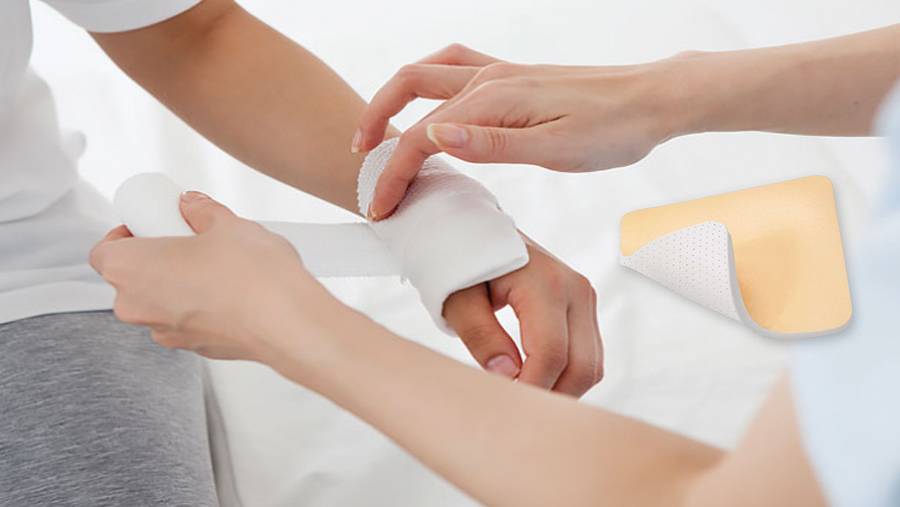
Hello
Select Address

It was the winter of 2009 – it’s more than a decade now but I still dread the memories of those fateful days! Just a few days following the start of my daughter’s winter vacation, it all happened; I was preparing a favorite dish of hers, and so was a little excited! The saucepan toppled and the simmering hot gravy burnt my lower right arm and a part of the right thigh. It was a second-degree burn!
The days post this mishap, were miserable and it was then that I came to know all about different specialty dressings for wound care! I had to deal with it for weeks (2 months or more!) and here is a brief account of all that I learned about wound dressings...
Wounds heal by themselves; then why do we need dressing?
Dressings aim at providing that extra dose of protection to wounds and injury sites. Dressings are often mistaken as a remedy. No, they are not. They barely act as medicines. Rather, they serve to protect the wound by –
When I was dealing with my skin burn, foam dressing was applied on my charred skin (that exposed the moist and vulnerable layers beneath!). Normally, I was acquainted with 3 types of dressings – hydrocolloid, alginate, and collagen. Foam dressing was something new that I had come across. So, what are foam dressings?
All about Foam Dressings
One of the significant virtues of foam dressing is, they are highly absorbent. Therefore, they can be most effectively used in highly oozing wounds with drainage levels are at its peak. Remember, if drainage levels are not high, a foam dressing could overdo the drying process and harm the injury site contrarily!
What is foam dressing made up of?
These dressing materials are made from hydrophilic polyurethane foam and are, therefore, highly absorbent. Being so, these can be changed less frequently; a gapping of 3 to 4 days between changes is easily maintained. They are manufactured in sheets with tiny pores (to hold the fluids). Impregnations of different kinds often give them a layered structure too. The contact area (with the wound) is non-adherent such that removal remains a more or less painless affair. The wide range forms in which these dressings are available are – strips, pads, sheets, and also cavity dressing material. A transparent film often acts as a bacterial barrier!
In which cases are foam dressings recommended?
There are numerous categorizations for wounds and injuries. To specifically pinpoint which injury a particular dressing is meant for, is impractical. However, there is a range of possibilities in which a foam dressing works best.
• Heavily exuding wounds
• Cuts and injuries of full and/or partial-thickness
• Stage 2 to 4 pressure ulcers
• 1st and sometimes 2nd-degree burns
• Surgical wounds
Why should one choose foam dressing?
Some crucially significant features of foam dressings allow them to score over their counterparts (like hydrocolloid dressing which might be prescribed in similar situations). These mentionable characteristics are:
• They are easy to apply as well as to remove (provides for atraumatic removal)
• They aid in maintaining a moist wound environment
• They are, most importantly, non-adhering to wounds
• Mostly lint-free dressing material
• Can be worn up to 7 days also (depending upon the amount of exudation)
• Are suitable for wounds with hyper granulation too
Foam dressings are often popular due to their easy or atraumatic removal. Peeling off usually does not hurt. However, there might be certain changes advised by your clinician regarding the standard application and removal. Hence, medical advice is of utmost importance even if you are dressing at home!